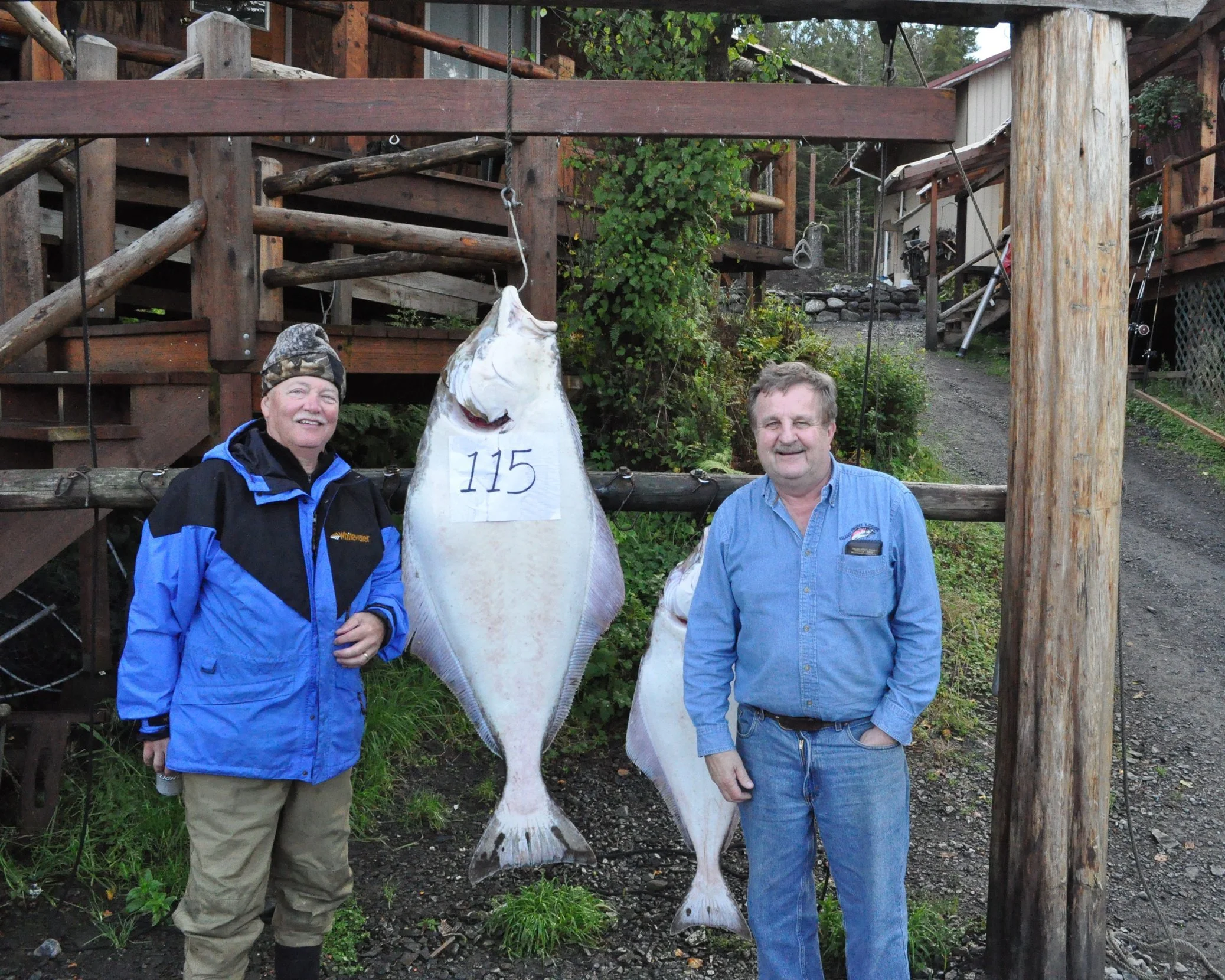Wildlife Watching Wednesday: Mallard Ducks
By: Tom Berg
Mallard ducks are a very common, medium-sized waterfowl species living throughout North America. In fact, they are the most abundant duck species on the continent. They are actually common in other parts of the world, too, such as Europe, Asia, Australia and North Africa. They are larger than most people think, having a wingspan of more than three feet. They typically weigh 2-3 pounds.
Mallards are one of the most easily-identified duck species living in the USA. The males (drakes) have a bright green head with a thin white collar around their neck when they are in their breeding plumage, so it’s hard to mistake them for any other type of duck. The females (hens) are not quite as easy to identify because they have a mottled brown coloration which looks very similar to several other duck species.
Like most ducks, mallards live in and around wetlands, lakes and rivers. They are called “dabbling” ducks, which means they feed mainly at the surface rather than by diving for their food. They very rarely dive at all. Mallard ducks eat snails, insects, worms, plants, seeds and even plant tubers. When insects and other small prey creatures are scarce, they simply eat more plant matter.
Mallard ducks usually nest on the ground, very close to water when possible. Those nests are usually well-hidden by grasses and other vegetation to keep the eggs safe from predators. Raccoons, foxes, skunks, coyotes and possums will raid a mallard nest if they get the opportunity. Certain snake species are nest predators, too. Mallards also utilize artificial nest boxes provided by people, and those raised nest boxes help keep many predators away.
Most mallards do migrate south for the winter, usually stopping in the southern United States, Mexico and Central America. However, some northern populations stay put year-round, visiting ponds, creeks and other bodies of water that stay ice-free for the majority of the winter. If you live in the upper mid-west or northern United States, don't be surprised if you see some mallards flying around this coming winter.
Have you done something interesting outdoors? Join Global Outdoors and write a review to tell everyone about it! We’re building the home for trusted reviews of outdoor experiences, outfitters, and guides.


